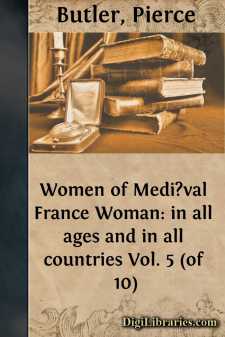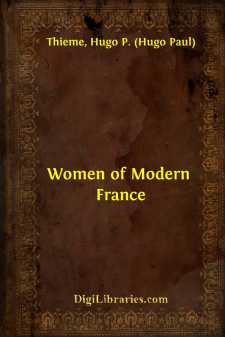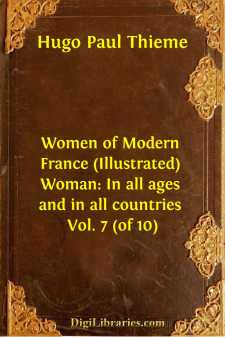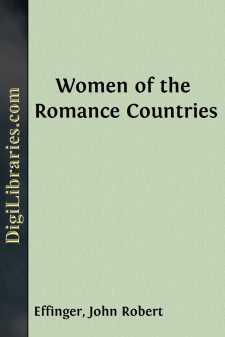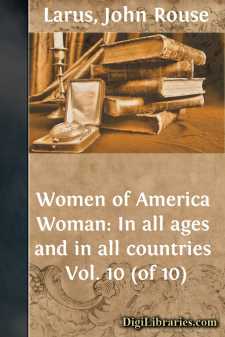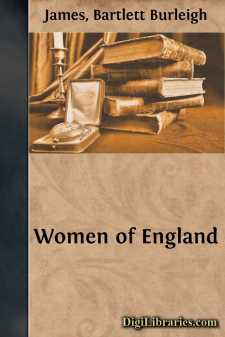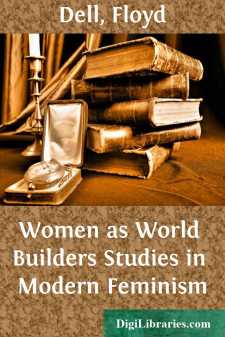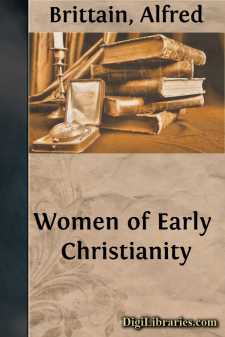Categories
- Antiques & Collectibles 13
- Architecture 36
- Art 48
- Bibles 22
- Biography & Autobiography 813
- Body, Mind & Spirit 142
- Business & Economics 28
- Children's Books 15
- Children's Fiction 12
- Computers 4
- Cooking 94
- Crafts & Hobbies 4
- Drama 346
- Education 46
- Family & Relationships 57
- Fiction 11829
- Games 19
- Gardening 17
- Health & Fitness 34
- History 1377
- House & Home 1
- Humor 147
- Juvenile Fiction 1873
- Juvenile Nonfiction 202
- Language Arts & Disciplines 88
- Law 16
- Literary Collections 686
- Literary Criticism 179
- Mathematics 13
- Medical 41
- Music 40
- Nature 179
- Non-Classifiable 1768
- Performing Arts 7
- Periodicals 1453
- Philosophy 64
- Photography 2
- Poetry 896
- Political Science 203
- Psychology 42
- Reference 154
- Religion 513
- Science 126
- Self-Help 84
- Social Science 81
- Sports & Recreation 34
- Study Aids 3
- Technology & Engineering 59
- Transportation 23
- Travel 463
- True Crime 29
Sort by:
by:
Pierce Butler
CHAPTER I In the older conception, history was a record chiefly of battles, of intrigues, of wicked deeds; it was true that the evil that men did lived after them; at least, the even tenor of their ways was passed over without notice by the chroniclers, and only a salient point, a great battle or a great crime, attracted attention. If little but deeds of violence is recorded about men, still less...
more...
Chapter I French women of the sixteenth, seventeenth, and eighteenth centuries, when studied according to the distinctive phases of their influence, are best divided into three classes: those queens who, as wives, represented virtue, education, and family life; the mistresses, who were instigators of political intrigue, immorality, and vice; and the authoresses and other educated women, who constituted...
more...
by:
Hugo Paul Thieme
CHAPTER I French women of the sixteenth, seventeenth, and eighteenth centuries, when studied according to the distinctive phases of their influence, are best divided into three classes: those queens who, as wives, represented virtue, education, and family life; the mistresses, who were instigators of political intrigue, immorality, and vice; and the authoresses and other educated women, who constituted...
more...
The Age of the Countess Matilda of Tuscany The eleventh century, which culminated in the religious fervor of the First Crusade, must not on that account be considered as an age of unexampled piety and devotion. Good men there were and true, and women of great intellectual and moral force, but it cannot be said that the time was characterized by any deep and sincere religious feeling which showed itself...
more...
CHAPTER I IN a large and cool drawing-room of London a few people were scattered about, listening to a soprano voice that was singing to the accompaniment of a piano. The sound of the voice came from an inner room, towards which most of these people were looking earnestly. Only one or two seemed indifferent to the fascination of the singer. A little woman, with oily black hair and enormous dark eyes,...
more...
by:
Charles Kingsley
WOMEN AND POLITICS. Somewhat more than 300 years ago, John Knox, who did more than any man to mould the thoughts of his nation—and indeed of our English Puritans likewise—was writing a little book on the ‘Regiment of Women,’ in which he proved woman, on account of her natural inferiority to man, unfit to rule. And but the other day, Mr. John Stuart Mill, who has done more than any man to mould...
more...
by:
John Rouse Larus
INTRODUCTION The present volume completes the story of woman as told in the series of which it forms part. The history of nations is, in its ultimate analysis, largely that of woman. Therefore this series in its wide inclusiveness forms a more than ordinarily interesting history. The present study of the women of America is innocent of theorizing or philosophy and from the nature of the subject the...
more...
The Women of Prehistoric Britain It is to the unpremeditated contributions of savage and barbarous conditions of existence that we must look for those primal elements of social order which became fundamental in English life and character. Insomuch as those contributions are intimately connected with woman's life and work, they must be sought out and set in order if we are to trace the development...
more...
by:
Floyd Dell
CHAPTER I THE FEMINIST MOVEMENT The feminist movement can be dealt with in two ways: it can be treated as a sociological abstraction, and discussed at length in heavy monographs; or it can be taken as the sum of the action of a lot of women, and taken account of in the lives of individual women. The latter way would be called "journalistic," had not the late William James used it in his...
more...
by:
Alfred Brittain
INTRODUCTION When the historian has described the rise and fall of empires and dynasties, and has recounted with care and exactness the details of the great political movements that have changed the map of continents, there remains the question: What was the cause of these revolutions in human society--what were the real motives that were operative in the hearts and minds of the persons in the great...
more...


